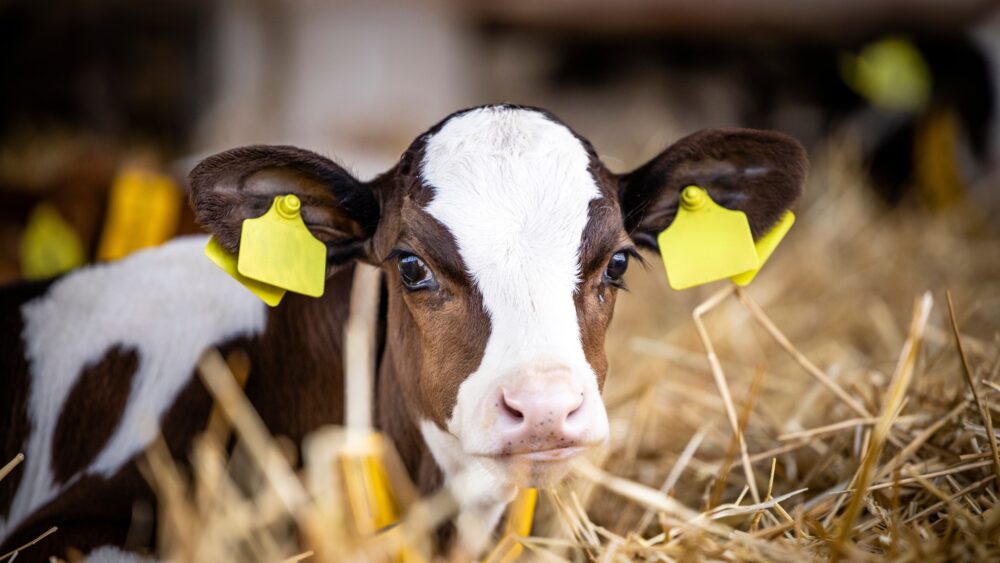Explore how welfare best practices can enhance not only the producer’s success but also the well-being of the calves and satisfaction of the consumers, while effectively managing brand risks.
In our recent webinar Julia Moorhouse, Head of Veterinary Services, and Richard Cooper, Veterinary Consultant from Map of Ag, discussed the significance of optimising calf health and welfare and management of Johne’s disease in the dairy industry while addressing consumer concerns and managing brand risks.
Calf health should be an area of focus for all dairy producers. Reducing disease incidence and mortality in calves is crucial for the producer, the calf, and the consumer, as well as the processor or retailer. Julia emphasised that a proactive approach to managing potential brand risks within dairy supply chains is essential.
A critical aspect of calf welfare is housing. Pair or group housing for calves is more socially acceptable from a consumer’s perspective and has been shown to provide benefits to the animals, (both in welfare and performance). However, transitioning to this type of housing can present challenges for producers, which can be overcome with the right support and advice.
Another concern for consumers is the role of dairy bull and beef calves produced as part of the dairy industry. Julia explored the importance of securing viable outlets for these animals and engaging dairy producers in new initiatives.
“There’s been massive progress made across the industry in recent years, led by the GB calf strategy, and processors and retailers have a key role in driving that information and those changes on their supplier farms.” says Julia.
Richard then shared his knowledge on Johne’s disease, an infectious wasting disease in cattle, which poses a significant risk to the dairy industry. The disease affects animal productivity, health and welfare and therefore is of key interest to the wider supply chain.
‘While most producers are aware of the losses associated with the end-stage of disease, many do not appreciate the impact of the infection at earlier stages, due to reduced feed conversion efficiency and increased risk of other infectious diseases such as mastitis.”, explains Richard.
The UK dairy industry has responded to the threat of Johne’s disease by the creation of the Action Group on Johnes, who subsequently produced the National Johne’s Management Plan. However, challenges still remain in ensuring all producers engage properly with the plan and implement the necessary changes to their management. Additional policy options for progressive dairy processor and retailer businesses were discussed, and how disease testing data can be used to assess potential risk in supply chains.
Overall, this thought-provoking webinar highlighted the importance of cattle health, disease testing, and data analysis in maintaining the integrity of dairy brands. Ensuring optimal animal welfare and addressing consumer concerns proactively will help secure the reputation of the dairy industry.



Comments are closed.